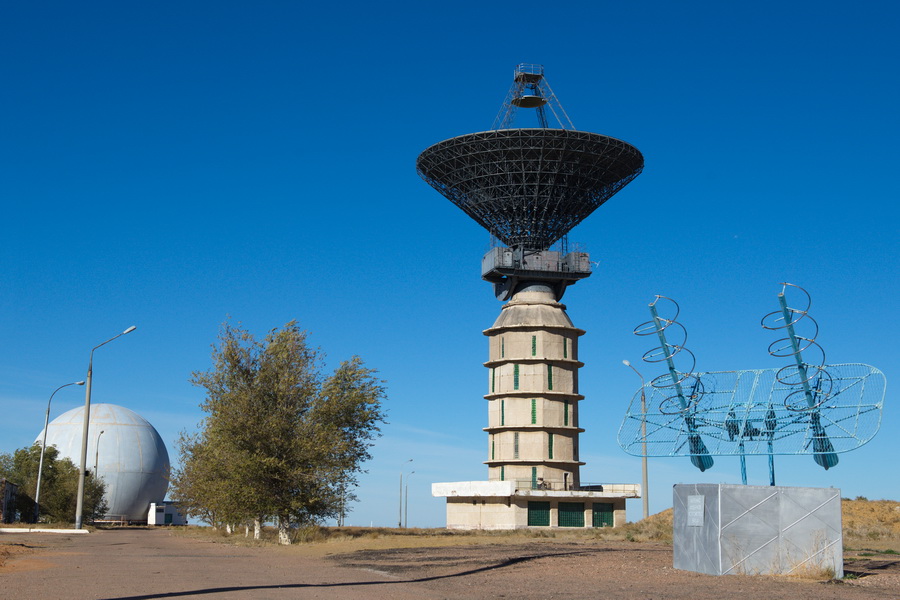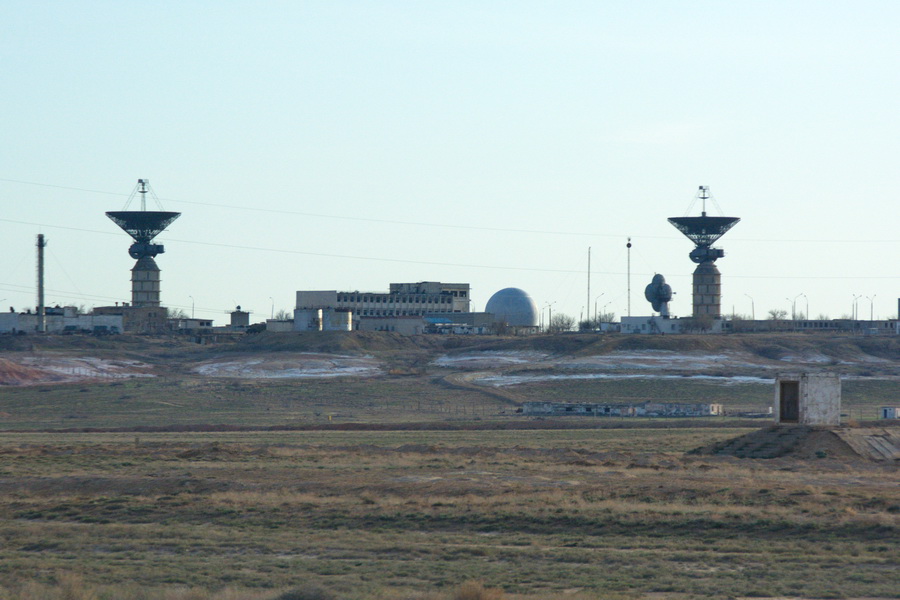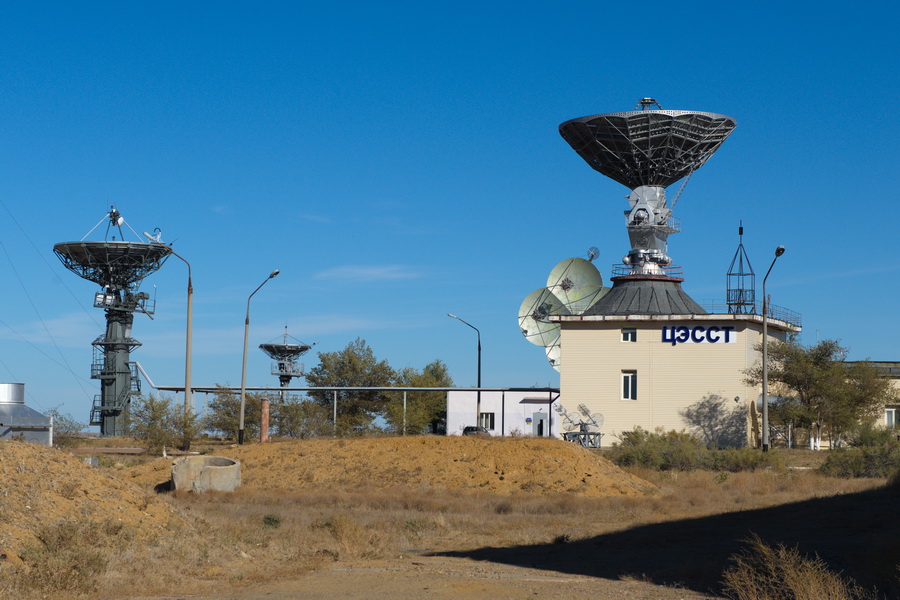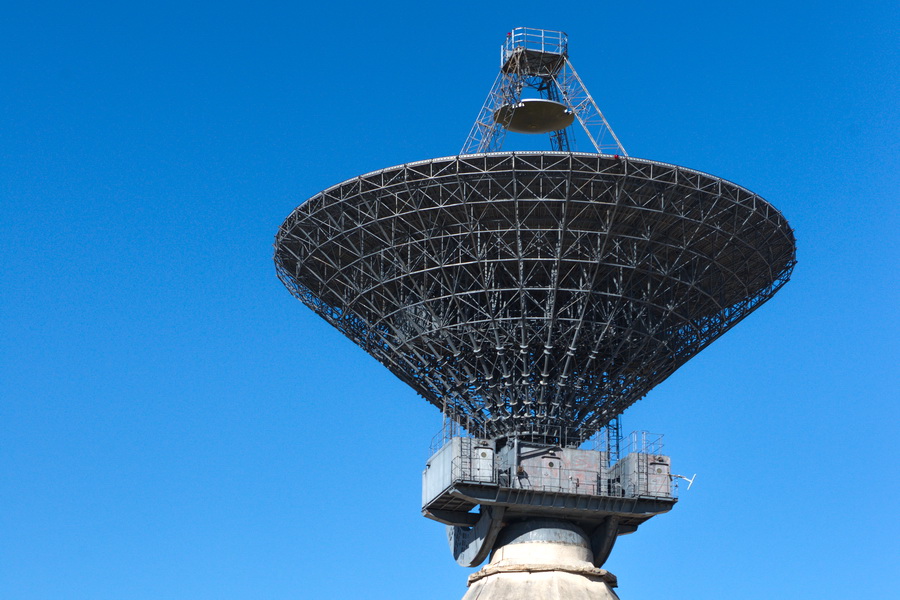
The journey of a rocket from launch to orbit takes approximately nine minutes, with the first minute being visible to the naked eye, given clear weather conditions. To track the missile's trajectory and monitor its status, several radar systems are employed, including the Saturn-MS measuring complex located at the Baikonur Cosmodrome.
The Saturn-MS complex is the first landmark encountered en route to the cosmodrome from Baikonur. Its massive antennas are visible even from the Kyzylorda-Aralsk highway. Perched atop Murguduk hill, otherwise known as "snake mountain", are two parabolic antennas, each measuring 25 meters in diameter and weighing in at 200 tons.

The history of the Saturn-MS complex began on January 25, 1967, with the laying of the foundation for the first antenna. By November 1970, the complex had conducted its first communication tests with the Luna-16 automatic interplanetary station, which later returned lunar soil to Earth. A year later, on November 3, 1971, the complex commenced full-scale operations.
Initially, the Baikonur Cosmodrome was exclusively a military facility. A dedicated military unit was tasked with operating the Saturn-MS complex, standing ready to monitor rocket trajectories, their telemetry, space communications, and satellite control.

As technology advanced, bringing forth new types of rockets and spacecraft, the Saturn-MS complex underwent parallel development. In 1975, it was equipped to participate in the Soyuz-Apollo program. The following year, in 1976, a squadron of four aircraft equipped with flying telemetry laboratories was integrated into the complex. By 1987, a communications center had been added to facilitate operations with the Buran shuttle.

Over its operational history, the Saturn-MS complex has played a critical role in numerous launches and space programs. It has tracked the launches of Soyuz, Soyuz-TM, Progress, and Progress-M spacecraft, and has maintained communication with interplanetary stations exploring the Moon, Venus, Mars, and even Halley's comet. In 2006, the military unit formerly operating Saturn-MS was disbanded, transforming it into a wholly civilian facility. The complex continues to undergo gradual modernization and is expected to serve as the "eyes" of the Baikonur Cosmodrome for many years to come.

